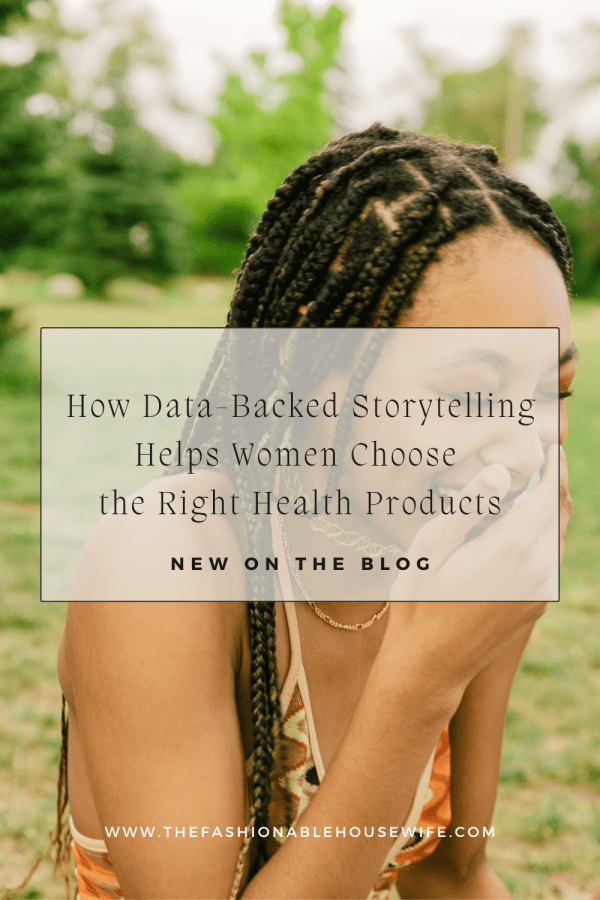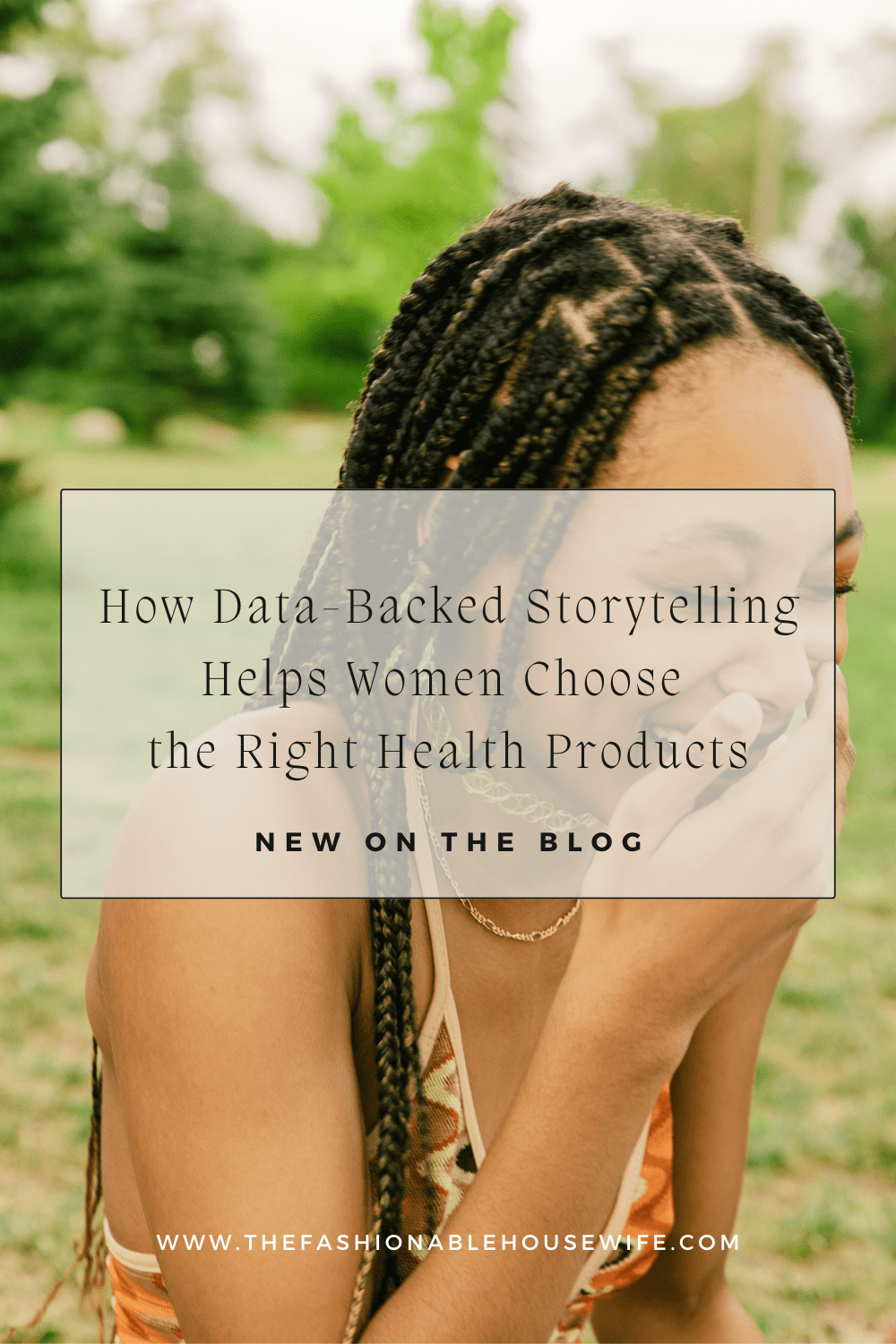How Data-Backed Storytelling Helps Women Choose the Right Health Products

The sheer volume of health products being sold to women is daunting in and of itself. Supplements and skin care, fitness wearables and devices, and so on—and so on—and so on. And the promises, each claiming to be the “best” or the “most trusted.” No wonder harried consumers can’t cut through the bling and competing messages, but in reality, so many women desire to make informed choices that really help their health and lifestyle. That’s where data storytelling comes in, quietly offering them something that’s all too rare: clarity.
Why Facts Encased in Stories Last
A story bridges the gap between numbers and actual decisions. Numbers alone will inform you that a product adds 40% to the level of hydration, but it is the narrative of how that number translates into healthier, glowing skin that will sell. This strategy brings scientific truths within reach, making them less scary and framing them as benefits women do care about.
When a brand weaves solid facts into narrative, it communicates trust. Women are more likely to believe claims that are transparent, verifiable, and clear. It’s not fear-mongering or jargon news—it’s about illustrating how evidence-based advantages can be integrated into everyday life, from less stress, better sleep, or more energy.
How Brands Get It Right
More health-focused companies are seeking partners with a background in authentic, fact-based marketing to bridge the gap between research and consumer needs. Those agencies, like BFJ Digital, understand how to speak to people about the science behind a product without forgetting the feelings and priorities that drive women’s decisions. This combination of analytics and sympathy makes the messages feel empowering, not aggressive.
By highlighting quantifiable benefits in language women can identify with—like enhanced mood during hectic weeks or enhanced confidence in complexion well-being—these commercials remove the guesswork from the process of product selection. Based on facts, the narrative then becomes believable, credible, and actionable in one fell swoop.
What Women Really Want from Health Brands
Today’s woman is not only curious to know that there is a product and that it is effective; she is curious to know how it is effective, why it is effective, and if it is effective in her life. Data storytelling done well does all three. Women will most likely ask for:
- Transparency of information regarding ingredients backed by evidence.
- Simple, clear-cut examples of results rather than promises.
- Stories which describe the mental and emotional side of health, not the physical.
- Evidence that speaks to various needs, not a blanket asserted claim.
Rather than becoming lost in a sea of sponsored material and imprecise statements, women increasingly value brands that show they’ve gone the extra mile to earn their trust. Data-driven storytelling is becoming the most effective way of gaining that trust.
Why This Is More Important Than Ever Today
With health trends going into overdrive and fake news the norm of the internet, well-researched decision-making appears to be more critical than ever. Women are taking control of their health in advance—through diet, exercise, mindfulness, or preventive treatment—but they simply don’t have time to sift through a stack of studies to justify every purchase. They need brands to do the research and provide them with evidence-based stories.
When health brands partner with marketing agencies they help bring that balance to life. By taking analytics and market information and making them understandable, consumer-focused narratives, they make women feel good about where they are spending their money and how they are caring for themselves.
In essence, data storytelling is about respect—respect for the intelligence, time, and individuality of women. It gives women the data they need in a way that they can actually use. And that is precisely what makes a brand not only noticed, but remembered.

